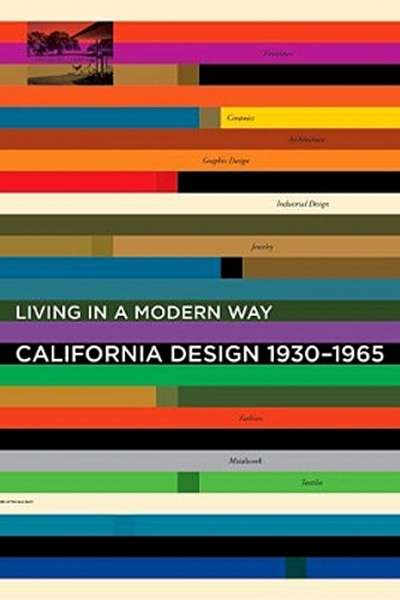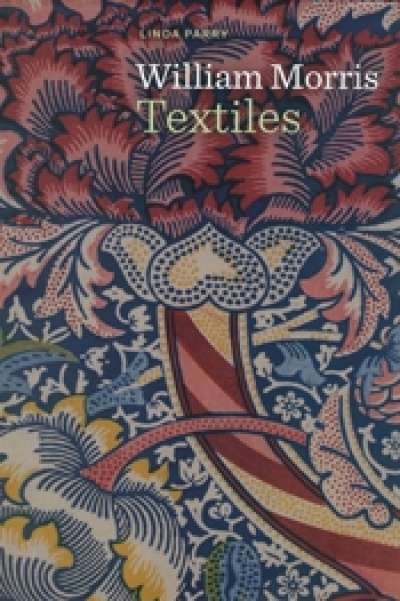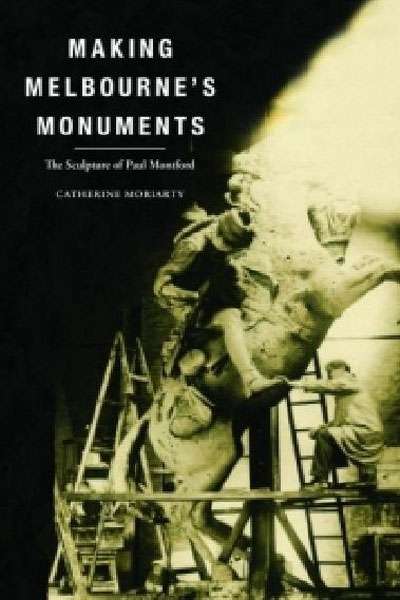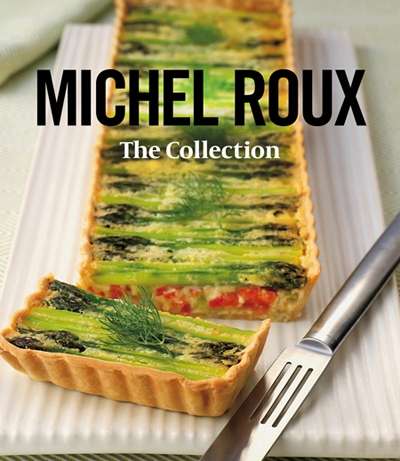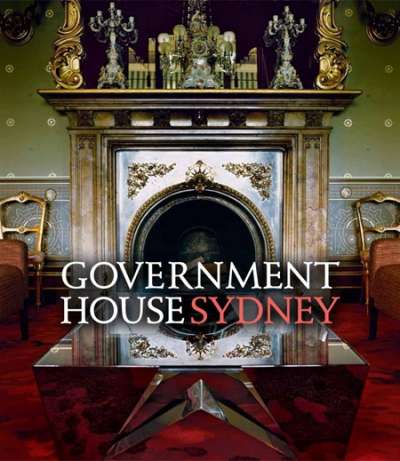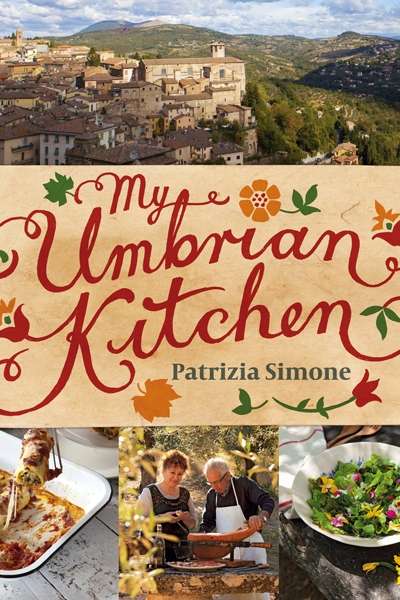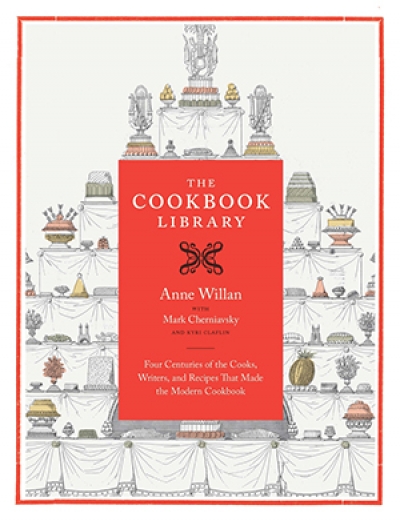Christopher Menz

Christopher Menz is a former Director of the Art Gallery of South Australia. He has published on the design work of William Morris and Edward Burne-Jones, and is a regular contributor to ABR.
Of the innumerable books on the design work of William Morris (1834–96) that have appeared since the 1980s, the one that has remained the best and most informative is Linda Parry’s William Morris: Textiles (1983), published early on in her career as a curator at the Victoria and Albert Museum. Since then, there has been much new research on Morris and many exhibitions of his work (at least six ... (read more)
Entering the current Heide exhibition Stephen Benwell: Beauty, Anarchy, Desire – A Retrospective for the first time is quite an experience. Dispersed left and right on two enormous rectangular tables is a chronological survey of the work of one of Australia’s finest ceramic artists. The overview of a remarkable career can be examined in detail as the viewer moves from work to work up and down ... (read more)
When Paul Raphael Montford (1868–1938) settled in Melbourne in 1923, one press report claimed that he was ‘one of England’s best-known sculptors’, but despite having created works for the façade of the Victoria and Albert Museum and for Westminster Abbey, as well as numerous public sculptures in Australia, his work is not well known in either country. His reputation has always been oversh ... (read more)
Anyone who has seen one of Röntgen’s ingenious writing desks, where at a single touch many springs and hinges come into motion, so that the writing surface and implements, pigeon holes for letters and money appear simultaneously, or in quick succession … can imagine how that palace unfolded, into which my sweet companion now drew me.
– Goethe, Wilhelm Meister’s Journeyman Years, 1 ... (read more)
Here are two welcome additions to a long list of cookery publications in Australia promoting Gallic cuisine. French or French-style cookery in this country has come a long way since Ted Moloney and Deke Coleman’s charming but slight Oh, for a French Wife! was published by Ure Smith in 1952. Both Michel Roux: The Collection and Diane Holuigue’s A Lifetime of Cooking, Teaching and Writing from t ... (read more)
Not that many Australian houses lend themselves to being the subject of a 240-page monograph. Whatever their architectural or historical merit, usually there is not enough material to warrant more than a chapter in a larger volume. Our government houses are different: not only do numerous documents and photographs survive in public records, but furnishings survive, and there is also the history of ... (read more)
My Umbrian Kitchen – part memoir, part recipe book – reflects the Umbrian-Australian life of its author, Italian-born Patrizia Simone, who, with her husband, opened her first restaurant in Bright in north-eastern Victoria twenty-six years ago. This publication draws on her wealth of experience in the kitchen, decades of cooking, and the rich culinary heritage of her native Umbria. We follow Si ... (read more)
The Cookbook Library is an eminently readable and informative survey of the development of European (and North American) culinary literature from antiquity until the early nineteenth century, from Greek and Roman texts to Antonin Carême. The project, inspired by Anne Willan and Mark Cherniavsky’s extensive personal cookbook library, draws on Willan’s considerable professional cookery expertis ... (read more)
The contemporary jewellery movement grew from a desire among postwar practitioners to explore both the expressive qualities in jewellery and the use of non-traditional materials. The move away from traditional gold and diamonds was partly economic – consider today’s price of gold – and partly ideological. Jewellery should be appreciated for what it is, on its own terms, not for its carats.
... (read more)

